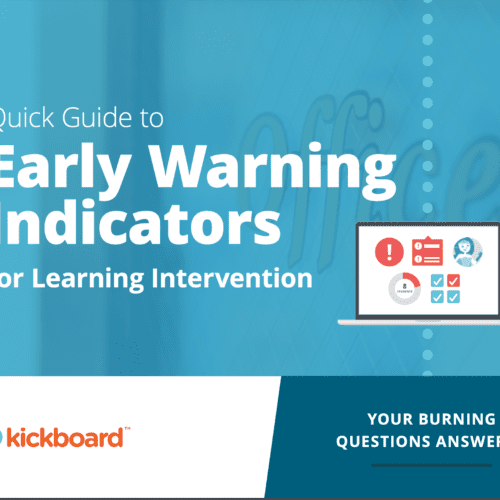 About two months ago, I presented the case for keeping the inverted pyramid style as an option for press releases’ lead paragraphs.
About two months ago, I presented the case for keeping the inverted pyramid style as an option for press releases’ lead paragraphs.
Of course, the delayed or feature-style lead has its merits. In fact, a 2000 Impact study by the Readership Institute, an organization formed by newspaper publishers and Northwest University’s Media Management Center, found that feature-style leads actually increase reader satisfaction. The most interesting thing about the study is that while I had always heard that the delayed lead style was appropriate for soft news (feature stories), the study strongly suggested that the style be extended to political and science stories.
As the study points out, a feature-style piece has a beginning, middle and end just like the traditional narrative structure. The delayed lead aspect of the style involves taking the time to establish background and tone before dealing with the specifics of the story.
There are a number of ways in which professional communicators can create a delayed lead:
Share an Anecdote
An anecdote is an excellent way in which to add human interest to a piece in addition to setting up background and tone. My favorite delayed lead (that I’ve written) for a press release is below:
It all started when Terri Foxworth created a jungle-themed bedroom for her daughter by painting animals on the wall. After that first success, Foxworth began painting anything and everything (to the chagrin of her husband). One day, while designing her niece’s bedroom mural, she had an idea for making a flower-shaped table, and soon after, Teacup Tables was born.
While it does not have a lot of drama, that lead is much more interesting than a simple announcement about a new line of homemade furniture. The company name is not mentioned until the third sentence, but the paragraph serves as an“establishing shot,” showing readers that this is not just another faceless company. Plus, the details of the flower-shaped table give an idea of the type of furniture offered.
Address a Trend
Another delayed lead that I wrote pointed out people’s tendency to suffer from allergies during autumn and how this problem can be solved.
With the fall weather come ragweed, mold and a host of other allergens. By simply changing the air filters in their heating/air conditioning units, people can dramatically increase the level of comfort that they experience indoors.
The company is not mentioned until the third sentence of the second paragraph (not shown). The idea was to draw in readers by advising them on how to solve their troubles and then present the air filter company and its products as an easy and available resource.
Present a Startling Fact
I’m a fan of many Clorox press releases (which is weird because I’m not that tidy). What’s interesting about this lead from a February 2011 release is that it has a feature-style feel, but you can find the“who,”“what,” etc.
Forget chocolates this Valentine’s Day. Buy her disinfectant. In the newest installment of “Germs in the Workplace,” researchers led by the University of Arizona’s Dr. Charles Gerba set out to compare just who piles up the most germs at work: men or women. The results? Men across the country may need to rethink their Valentine’s gift. According to the researchers, the bacteria levels in women’s offices were nearly three times higher than in men’s offices.
Who – Dr. Charles Gerba and his researchers (Clorox is identified as the funding source later in the release)
What – Study findings that show that women’s offices have more germs than men’s
Where – University of Arizona and offices nationwide
The “when” is less specific (newest installment) and there’s really no“why” but to me, this feels like a feature-style/inverted pyramid hybrid.
Are Hybrid Releases the Trend of the Future?
Communication expert Ann Wylie has mentioned noticing a new press release structure in which the piece has a“feature head and an inverted pyramid tail.” She appreciated it because she felt that beginning with a feature lead, nut graph and background section attracted reader attention and established the story. The rest of the release presented the remaining details in the“most-important-to-least-important” approach of the inverted pyramid.
What best suits you: feature-style, inverted pyramid or a hybrid style? Do you consider different approaches for the leads of different releases or are you sticking with a tried-and-true method?







